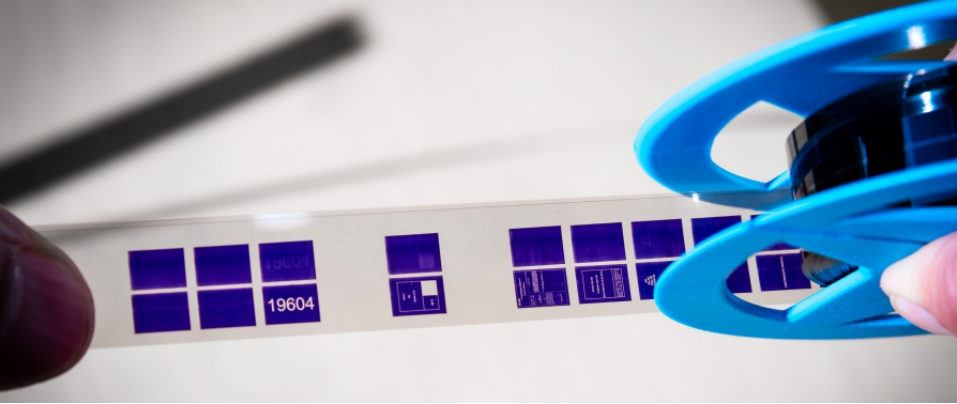Responsibility Consumption
Use Well Project
Methodology aimed at the rational use of materials
The project uses methodology that aims at the rational use of materials consumed in business activities. With the periodic dissemination of information on the materials most consumed by the areas, especially A4 paper, which has a strong environmental impact, it was possible to identify a fall in consumption of this material.
This reduction record happens for the fifth consecutive year. Throughout the year 2017, 15,502 reams were used, 1,975 less than in 2016, when consumption was 17,477 units. They were 11% less, generating savings estimated at BRL 17 thousand. Each ton of A4 paper needs 20 trees and 100,000 liters of water to be produced.
The positive result shows that employees have created a correct consumer culture and the installation of the printing islands (started in 2014) and the badge readers on the machines (since 2017), have contributed to this decrease. The goal is to reduce consumption to 12,000 reams per year, which can be achieved with complementary measures such as improvement in the islands of printing, process scanning and double-sided printing.
A similar initiative will be applied in 2018 to the Electric Cables material group, which will receive a corporate approach to reduce consumption with periodic information disclosure.
Microfilming helps optimize the use of paper

[103-2; 103-3]
Water consumption and disposal
In 2017, there were no significant changes in Itaipu's types of disposal/treatment methods. The lower disposal of water is a result of the reduction of water consumption in the Company.
[306-1]Total Water Disposal, per quality and destination (in m3)
| Destination type | 2017 | Treatment method | 2017 |
|---|---|---|---|
| Superficial Waters | 85.289 | ETEs/tanks | 176.484 |
| Evaporation | 99.399 | Infiltration in the soil | 70.290 |
| Infiltration in the soil | 98.700 | Without treatment | 26.473 |
| Recirculation | 89.258 | Evaporation | 99.399 |
| Total | 372.646 | Total | 372.646 |
Part of the water produced by ETAs is used in the Animal Housing.



 Brazil
Brazil
 Español
Español